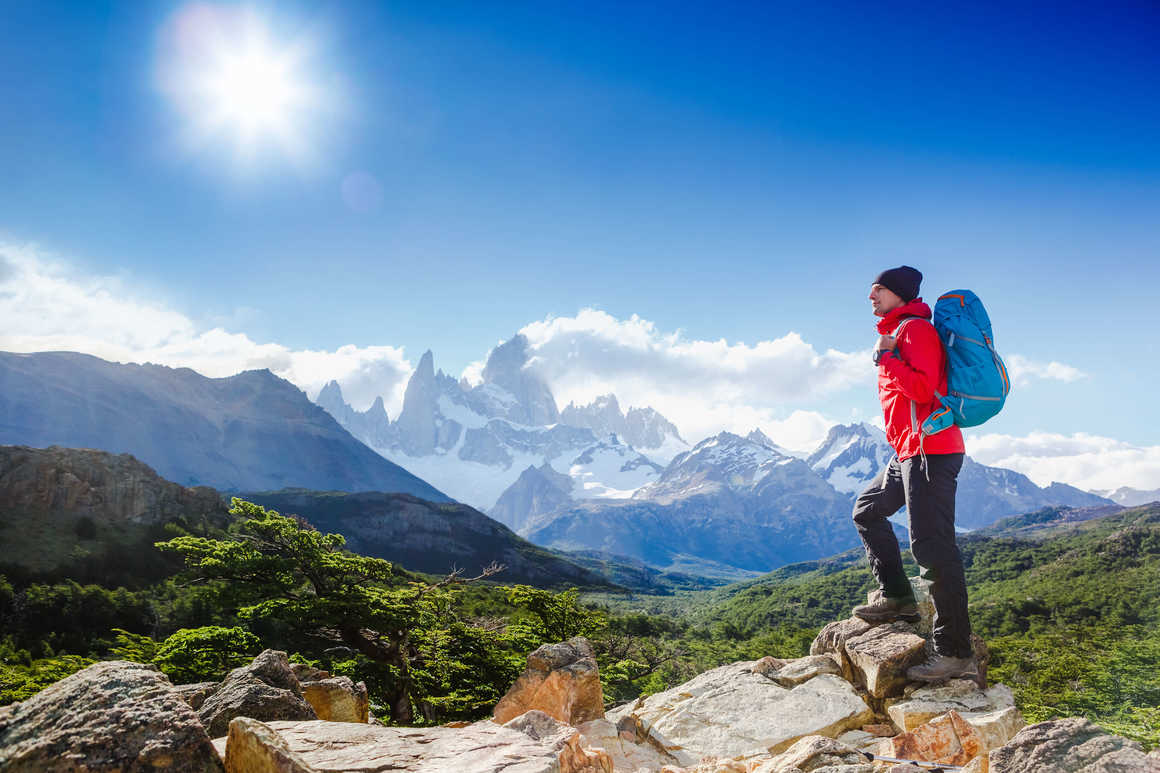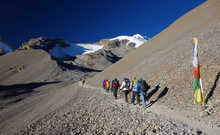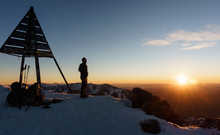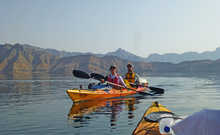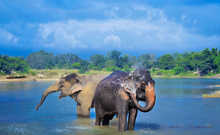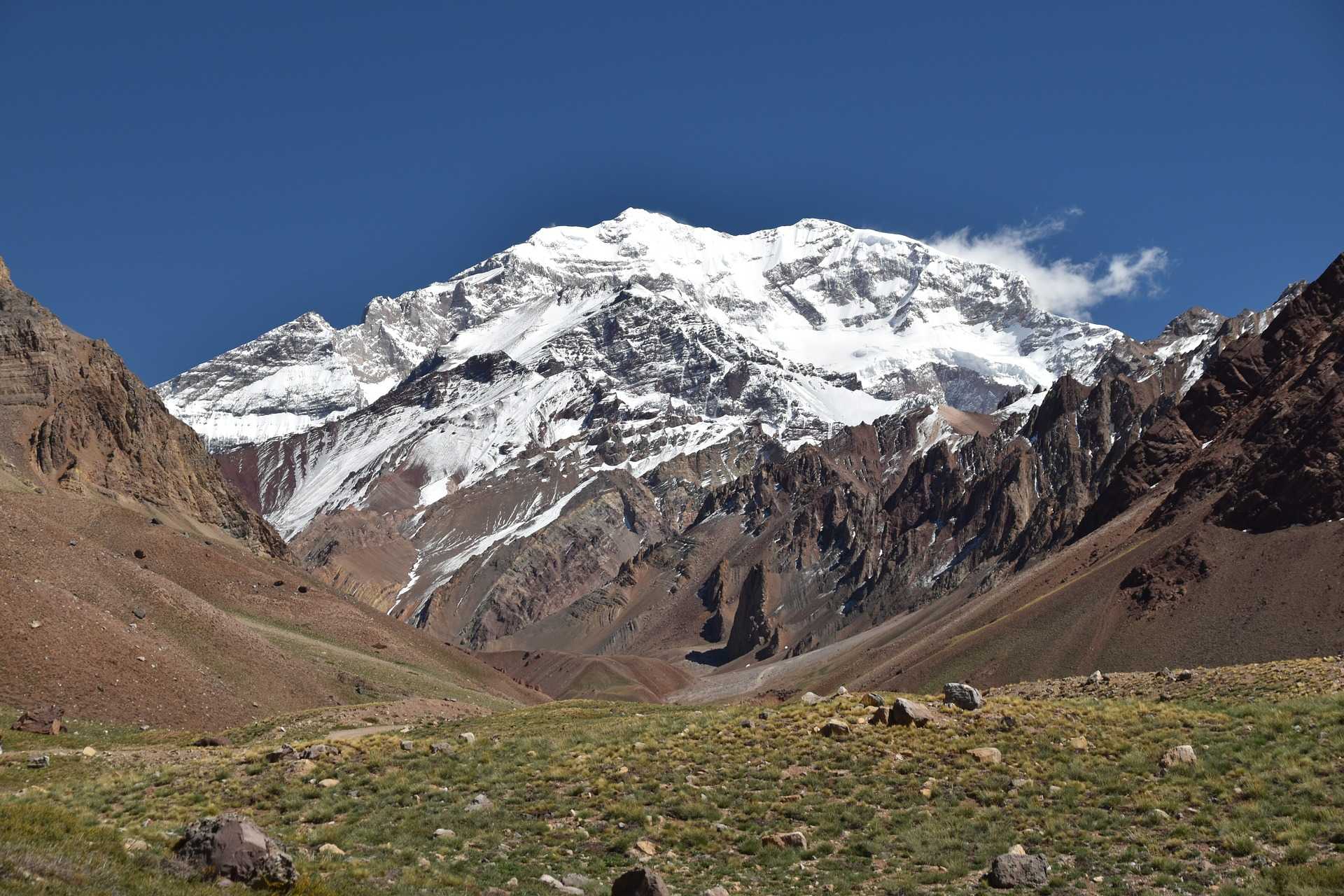The Highest Mountains in Argentina
Interestingly, the Andes Mountain range contains both the
highest peaks in the Western and Southern Hemispheres. From the towering summits
of Aconcagua and Ojos del Salado to the lesser-known mountains like
Monte Pissis and Cerro Bonete, Argentina is home to some of the tallest
mountains in the world outside the Himalaya. In this blog we’ll list the 10
tallest mountains in Argentina as well as some of the more accessible trekking routes
the country has to offer.
At Kandoo Adventures, our Climb Aconcagua trip is one
of our most challenging adventures. For those who don’t fancy the challenge of
summiting both the tallest mountain in Argentina and the tallest mountain in
South America but still want to experience trekking in Argentina, our Ultimate
Patagonia and Peaks of Patagonia trips are the perfect way to
explore this spectacular country.
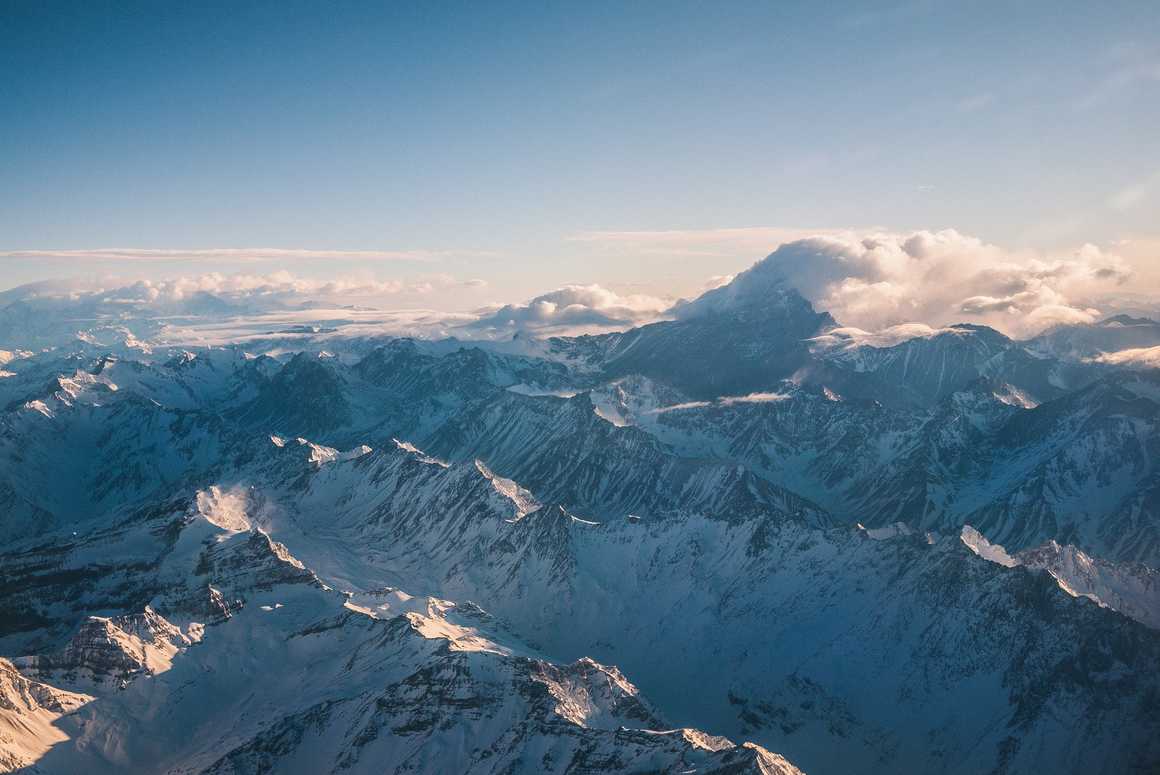
The 10 Tallest Mountains in Argentina
- Aconcagua – 6,961m
- Ojos Del Salado – 6,893m
- Monte Pissis – 6,795m
- Cerro Bonete – 6,759m
- Llullaillaco – 6,739m
- Mercedario – 6,720m
- Incahuasi – 6,621m
- Tupungato – 6,570m
- Antofalla – 6,450m
- Reclus – 6,300m
Climbing the Highest Peaks in Argentina
At 6,961m, Aconcagua in the Andes Mountain range in the
Mendoza Province is both the tallest mountain in Argentina and tallest mountain
in South America. Not to mention, it’s also the highest mountain in the world
outside the Himalaya and is in the famed “Seven Summits”, the seven
tallest mountains on each continent making. Climbing Aconcagua is a bucket list
adventure for intermediate and advance trekkers around the world and ideal
training ground for bigger summits.
Aconcagua is an extinct volcano whose name may originate
from the Quechua Ackon Cahuak meaning “Sentinel of Stone”. It is a popular
choice for climbers who have previously summited Kilimanjaro though it
is a significant step up in terms of difficulty. While it is a very physical
climb, no technical climbing skills are required to summit Aconcagua, making it
one of the most achievable of the Seven Summits. The difficulties of the ascent
are those of trekking at extreme altitude.
With a very short climbing season and limited numbers
climbing each season, Aconcagua only supports a small number of climbing
operators. Kandoo Adventures’ Climb Aconcagua adventures are partnered
with the very best locator operators who provide support for almost all
adventure companies worldwide and we only run a small number of group climbs
each season.
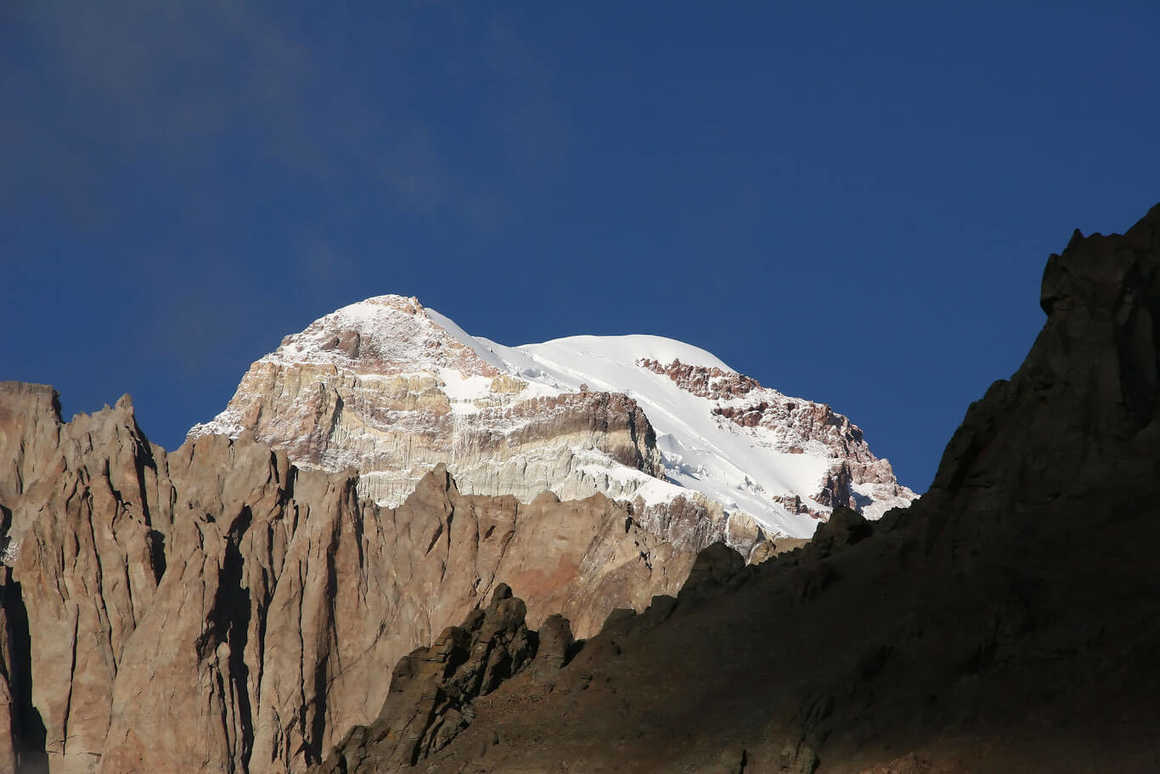
The second tallest mountain in South America is Ojos Del
Salado, which sits on the border between Argentina and Chile at an elevation of 6,893m. Due to its location on the Argentina-Chile
border, Ojos Del Salado is the second tallest mountain in Argentina and highest
mountain in Chile. It is also the highest active volcano in the world, with
minor activity still occurring at its peak from time to time giving it a strong
smell of sulphur on the summit. The most recent record of activity was a reported
gas plume in 1993 and its last eruption occurred between 1,000 and 1,500 years
ago.
The mountain experiences dry conditions due to its location
near the Atacama Desert however, snow can fall at any time. The name Ojos Del
Salado translates to “Eyes of the Salty One” because of its salt deposits which
appear in its snowfields in the form of lagoons or ‘eyes’. Remarkably, the
mountain hosts the highest lake in the world at 6,390m on its eastern side.
This crater lake is about 100m in diameter, but its depth is unknown, possibly
as little as 5m or 10m, and exists all year round.
Ojos del Salado is a border mountain and can be climbed from
both Argentina and Chile. It is a tough mountain to climb due to its high
altitude and climbers would benefit from previous experience climbing or
trekking up to 5,000m. However, with enough time to acclimatise properly, it is
not as complex as Aconcagua and would be a good step up from climbing
Kilimanjaro.
Monte Pissis is both the third highest peak in Argentina and
third highest peak in South America. The mountain is an extinct volcano located
in the Catamarca Province of Argentina, near the border with Chile and it is
part of the Puna de Atacama, a high plateau in the Andes Mountains. It has four
distinct summits of which three are of almost the same elevation although the
west summit is considered to be the highest at 6,795m in
elevation.
The mountain was named after French geologist, Pedro Jose
Amedeo Pissis who worked for the Chilean government in the 19th
century and played an influential part in the cartography of the country. Due
to its location in the Atacama Desert, Monte Pissis has dry conditions though
its peak is the most glaciated in the desert, requiring crampons and
mountaineering experience. The altitude and cold weather combined with
difficult terrain make the climb very challenging.
The west summit was climbed for the first time in 1937 by
two Polish mountaineers Stefan Osiecki and Jan Alfred Szczepanski and it was
not climbed again until 1985. Monte Pissis received little attention because it
was very tall and remote, but when a mine opened close by, a primitive road was
constructed, and the peak became more popular.
Other Trekking Peaks in Argentina:
